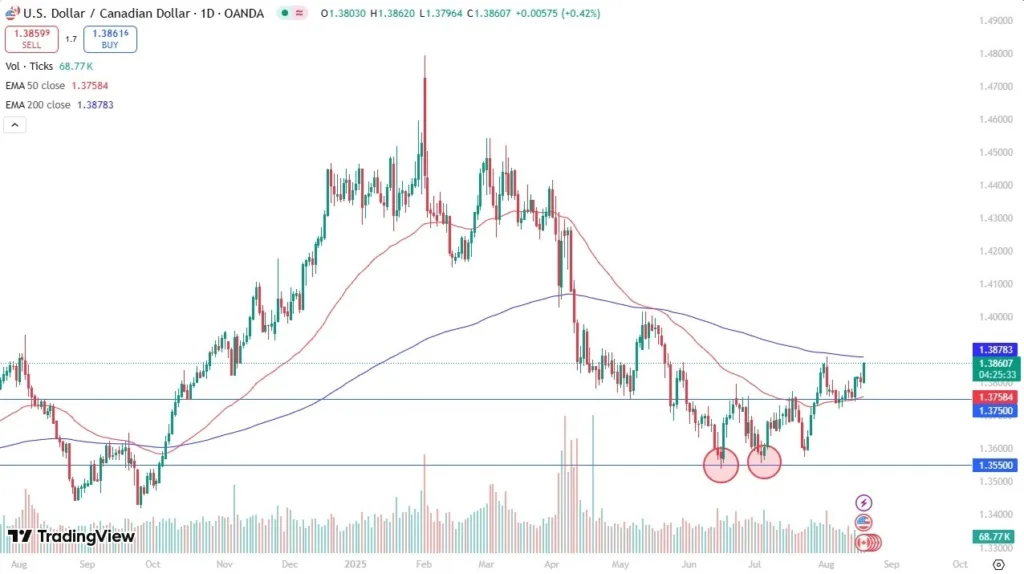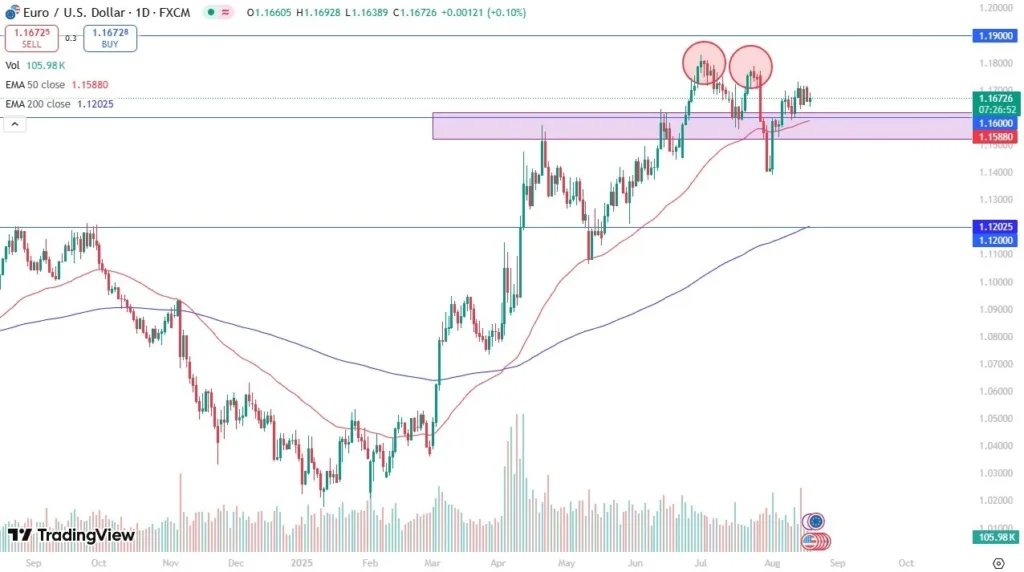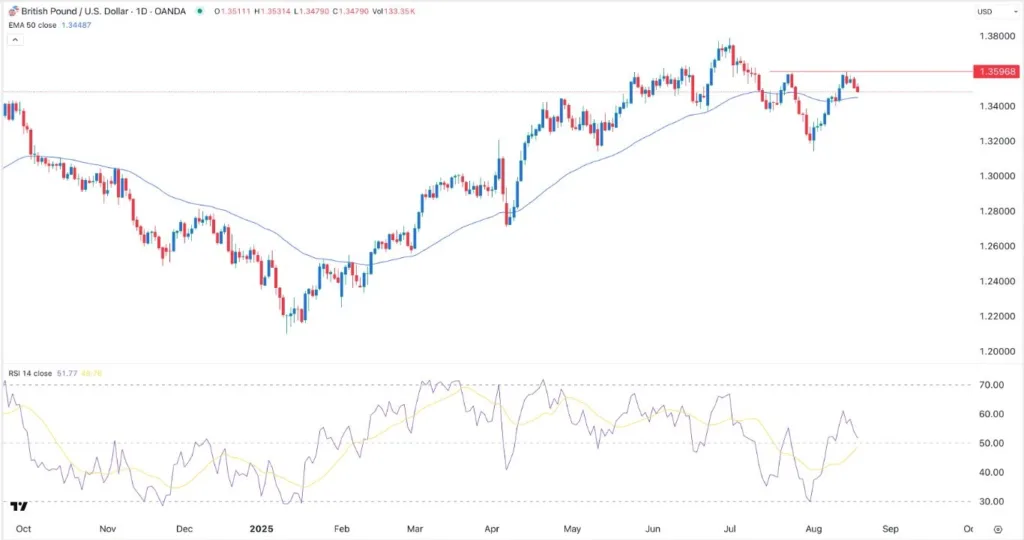The stock has gone on a parabolic run since hitting a 52-week low in April this year, and it seems primed for more upside following its upcoming earnings report.
Nvidia (NVDA -3.47%) stock made a remarkable recovery on the stock market since hitting its 52-week low on April 7, rising an incredible 83% in such a short period. The good part is that the technology giant’s parabolic run is likely to continue after Aug. 27, when it it releases its fiscal 2026 second-quarter results (for the three months ended July 27).
Let’s look at the reasons that could give Nvidia’s stunning rally a shot in the arm after it releases its quarterly results later this month.

Image source: Getty Images.
These developments suggest that Nvidia could deliver stronger-than-expected results
When Nvidia released its fiscal Q1 results almost three months ago, the company called for $45 billion in revenue for the recently concluded quarter. That would translate into a 50% jump from the year-ago period. However, management remarked that its guidance “reflects a loss in H20 revenue of approximately $8 billion due to the recent export control limitations.”
The H20 is a China-specific artificial intelligence (AI) data center graphics processing unit (GPU) that was developed by Nvidia to remain in line with the export restrictions imposed by the U.S. on shipments of its chips to China. However, the U.S. government told Nvidia in April that it needs a license to ship its H20 chips to China.
As a result, Nvidia lost $2.5 billion worth of sales in fiscal Q1, apart from incurring a $4.5 billion charge owing to the restrictions. The U.S. government has now granted Nvidia the license to export its H20 chips to China on the condition that the company will have to share 15% of its revenue from the sales of this chip with the government.
Given that Nvidia was expecting to sell $8 billion of chips to Chinese customers in fiscal Q2, there is a good chance that it may have been able to recoup some of that lost revenue. As a result, Nvidia’s guidance for the current quarter could exceed expectations. Its results for the previous quarter could also be better than expected considering the company started applying for export licenses on July 15, a couple of weeks before the quarter ended.
Of course, there are reports suggesting that Nvidia is facing security-related concerns in China, but investors should note that the shortage of AI-focused GPUs in that market could ensure that the H20 remains in good demand.
Moreover, Nvidia is likely to benefit from the stronger-than-expected investments by major cloud computing companies in the U.S. The likes of Amazon, Microsoft, Meta Platforms, and Alphabet are on track to spend $364 billion in capital expenditures in 2025, up from the earlier estimate of $325 billion.
That would be an increase of 64% from last year, and an acceleration of 5 percentage points from the capex increase witnessed in 2024. This bodes well for Nvidia, given that it has been maintaining its position as the dominant player in the AI chip market, while rivals such as Advanced Micro Devices are not gaining enough traction yet.
Specifically, Nvidia controls an estimated 80% of the AI chip market. As such, the higher spending by big tech companies in the U.S., the renewed growth potential in China, and Nvidia’s role in the growth of sovereign AI infrastructure can help the company deliver solid results and guidance on Aug. 27.
Is the stock still worth buying?
Nvidia stock has shot up at a parabolic pace in the past four months or so. This explains why it is now trading at 58 times earnings, a big premium to the S&P 500 index’s earnings multiple of 25. Investors, however, should note that the company’s bottom line is expected to jump by 47% year over year in fiscal Q2, which is more than 5 times the average increase the S&P 500 companies are expected to deliver.
So, Nvidia is deserving of its rich valuation thanks to its ability to grow its sales and earnings at a much faster pace than the broader market. That’s why investors looking to buy a growth stock can still consider accumulating Nvidia before its upcoming report, as the points discussed above suggest it has the potential to fly higher after Aug. 27.
Harsh Chauhan has no position in any of the stocks mentioned. The Motley Fool has positions in and recommends Advanced Micro Devices, Alphabet, Amazon, Meta Platforms, Microsoft, and Nvidia. The Motley Fool recommends the following options: long January 2026 $395 calls on Microsoft and short January 2026 $405 calls on Microsoft. The Motley Fool has a disclosure policy.






